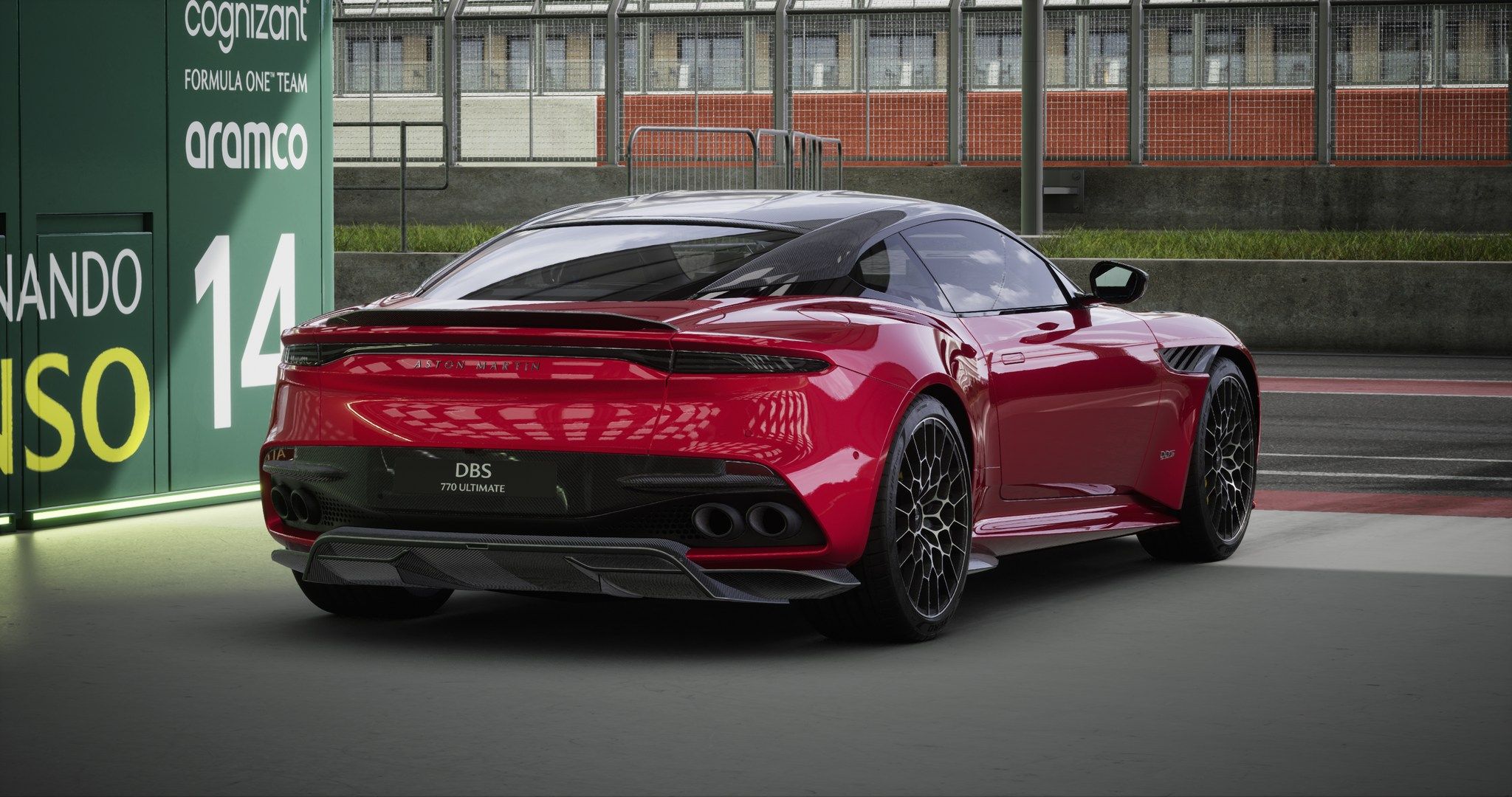Ever wonder how car companies manage to create such stunning and eye-catching visuals of their latest models?
Automotive rendering is a powerful technology that's often used for these captivating images and has become a game-changer in the car industry.
Fueled by high-quality HDRi Maps , automotive rendering plays a crucial role throughout the design, manufacturing, and marketing phases of car production. It allows car companies to create visuals for concepting, investor pitches, marketing materials and other uses that look real because they're produced using lighting data and images from real-world places.
In this blog post, we’ll delve into five essential applications of automotive rendering in the car industry, and how HDRi Maps can help.

1. Virtual Prototypes That Bring Designs to Life
Virtual prototyping and concepting is a key use case for automotive rendering.
CG backgrounds and digital twins of concept vehicles enable engineers and designers to experiment with various design elements and assess their impact on performance, brand look and safety.
This is where HDRi maps come in, capturing a full range of lighting information to generate stunningly realistic renderings of virtual prototypes.
The best thing about virtual prototypes and digital twins? If decision makers conclude that a design needs tweaking, it's easy to change the 3D model--way easier than building a new physical prototype of a vehicle!
2. Crafting the Perfect Car Interior
Automotive rendering isn't limited to exteriors; it’s also an invaluable tool for designing car interiors.
By using HDRi Maps, designers can evaluate the usability and ergonomics of interior layouts and even test the appearance of different materials, finishes, and colors.

This offers the advantage of refining the overall design before committing to costly physical prototypes, ultimately saving time and resources for car manufacturers.
3. Lighting Simulations That Illuminate the Design Process
One of the critical factors in automotive rendering is its ability to replicate realistic lighting conditions. Vehicles look dramatically different in different lighting conditions.
Think about the difference between a car speeding across Bixby Bridge on the PCH, versus one parked on a moodily-lit Miami street at night , soaked with the reflections of dramatic and colorful neon signs.

4. Investor Pitches and Localization
Especially for startups and innovative new car brands, attracting early investment is a crucial part of bringing a vehicle to market.
Visuals are a key part of the investor pitching process--even financially sophisticated investors want to see the vehicles they're considering backing, not just read about their specs on paper.
Car rendering makes it possible for even early-stage startups to create stunning (and convincing) visuals for their investor pitch decks and other materials. By choosing the right HDRi Map, companies can emphasize the desired look and feel of their future brand.
HDRi Maps also allow for easy localization. If a company is pitching its vehicle to investors in different geographies, the company's design team can easily customize the visuals with imagery from the investor's country or region.
5. Customizing the Customer Experience
Automotive rendering is also transforming the way customers engage with car brands. Companies can leverage HDRi Maps to produce immersive virtual showrooms where customers can visualize car models in various environments, customize the design, and explore the interior.
These interactive visualizations, configurators and fly-arounds offer a greater level of customization, enabling customers to make more informed decisions and ultimately strengthening their connection to the brand.
We recently worked with Audi to create a stunning and powerful visualization experience for their customers.
Conclusion
As the car industry continues to accelerate toward innovation, automotive rendering, and HDRi Maps are at the forefront of this progress.
With applications beyond just design processes – from accurate lighting simulations to captivating marketing imagery and personalized customer experiences – automotive rendering is set to further revolutionize the industry.
By harnessing the power of high-quality HDRi maps, like those offered by CGI Backgrounds , car manufacturers will be better equipped to explore new product lines and business models, ensuring a brighter future for the automotive world.
Top

